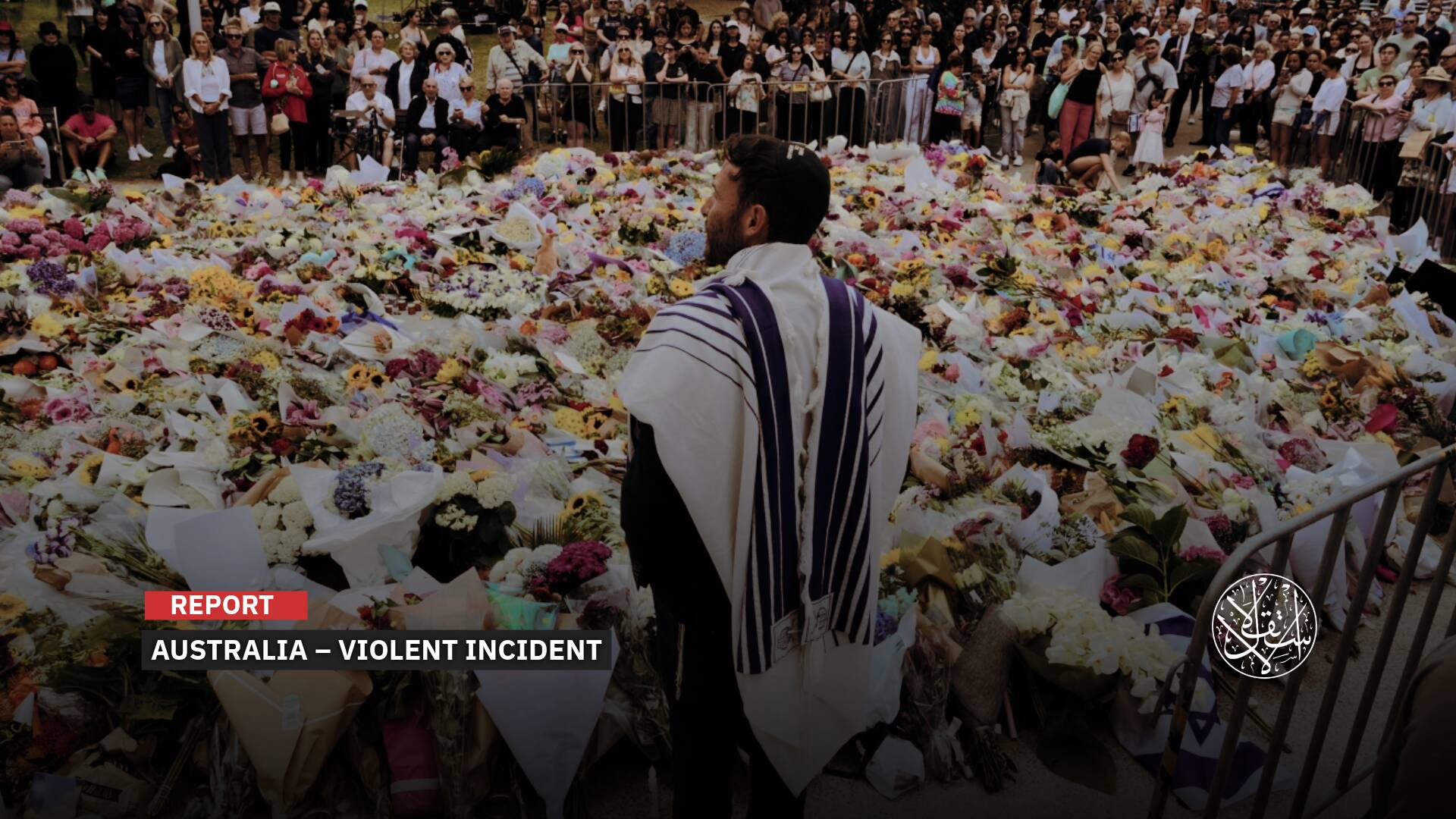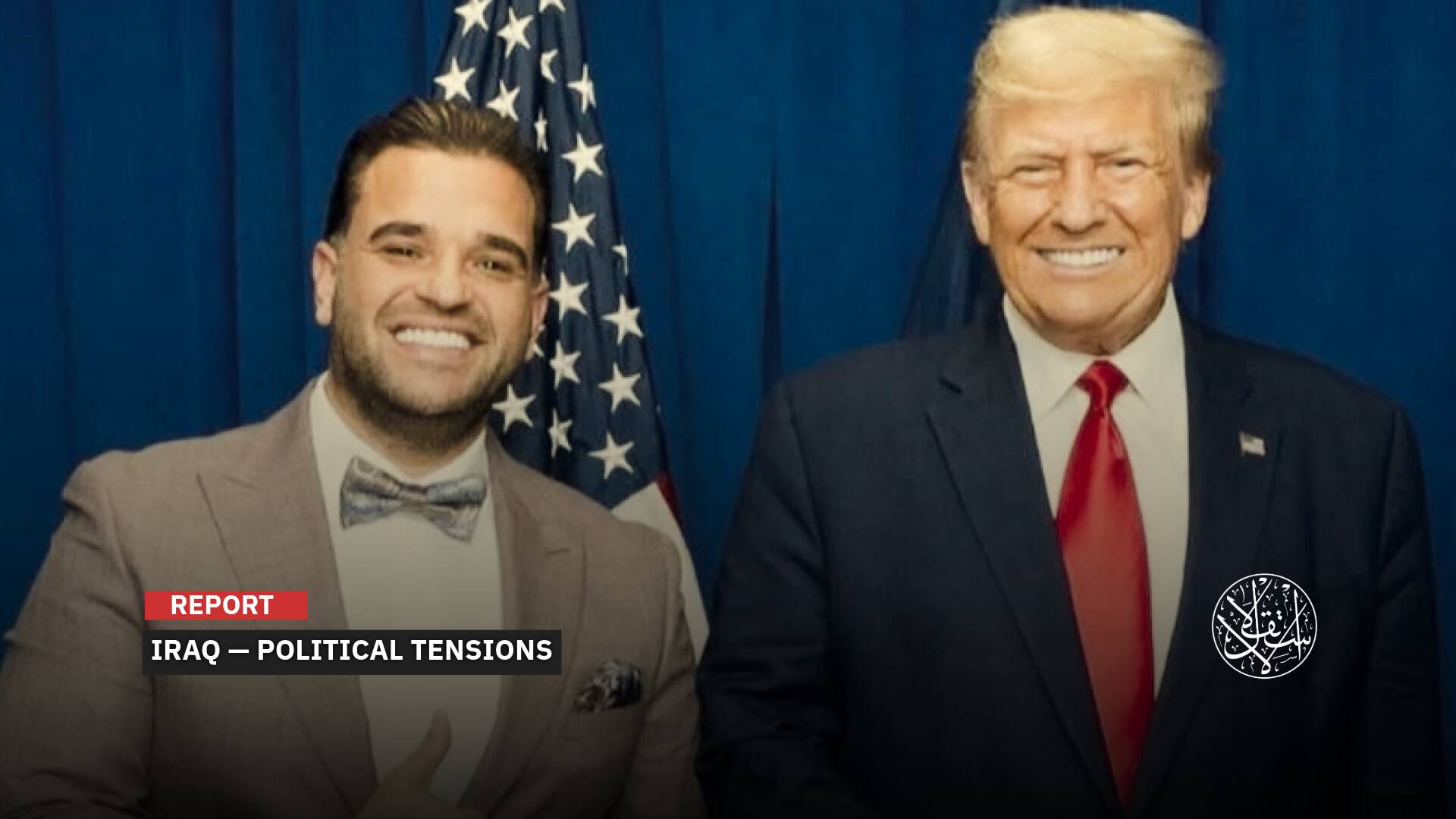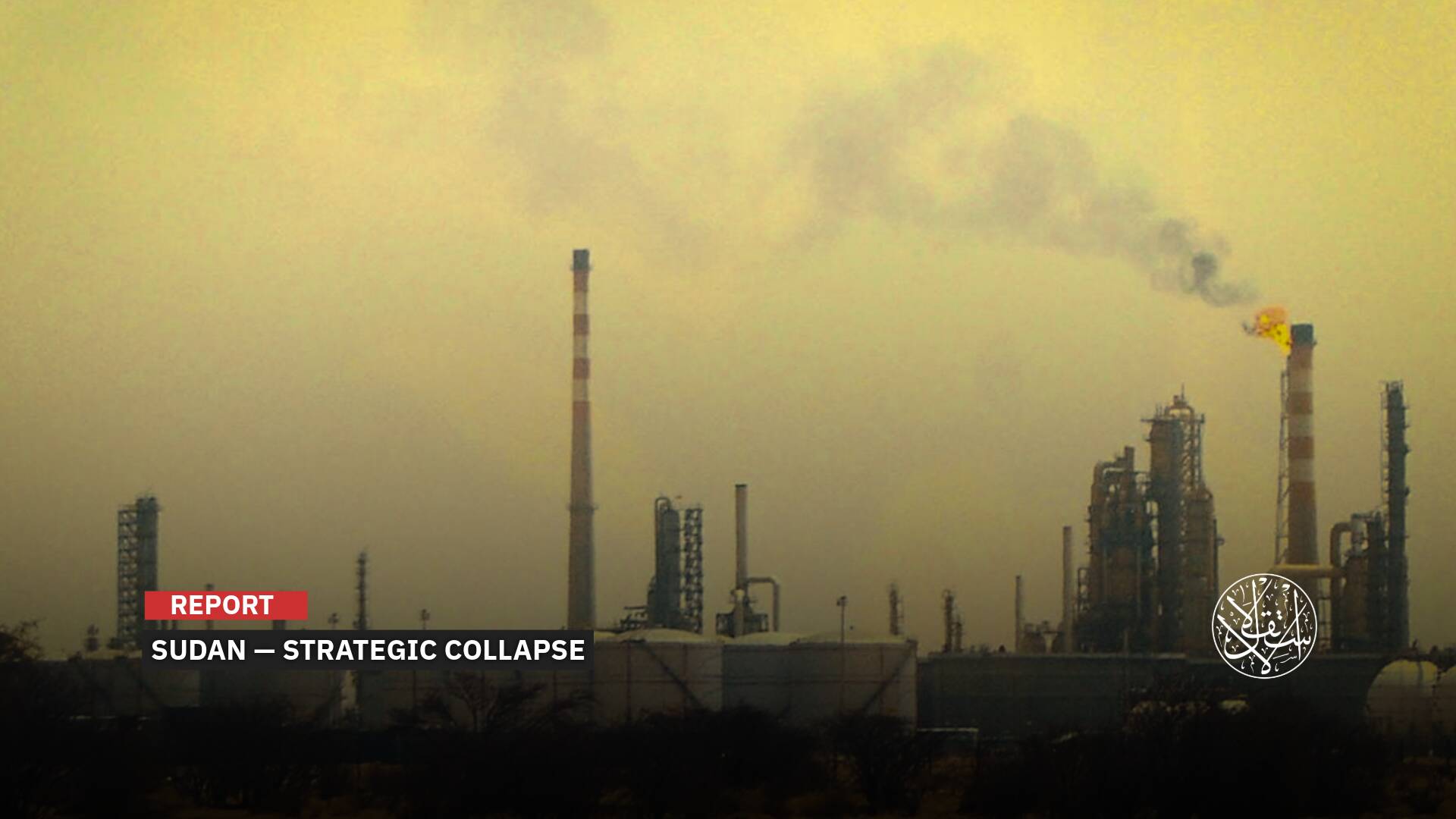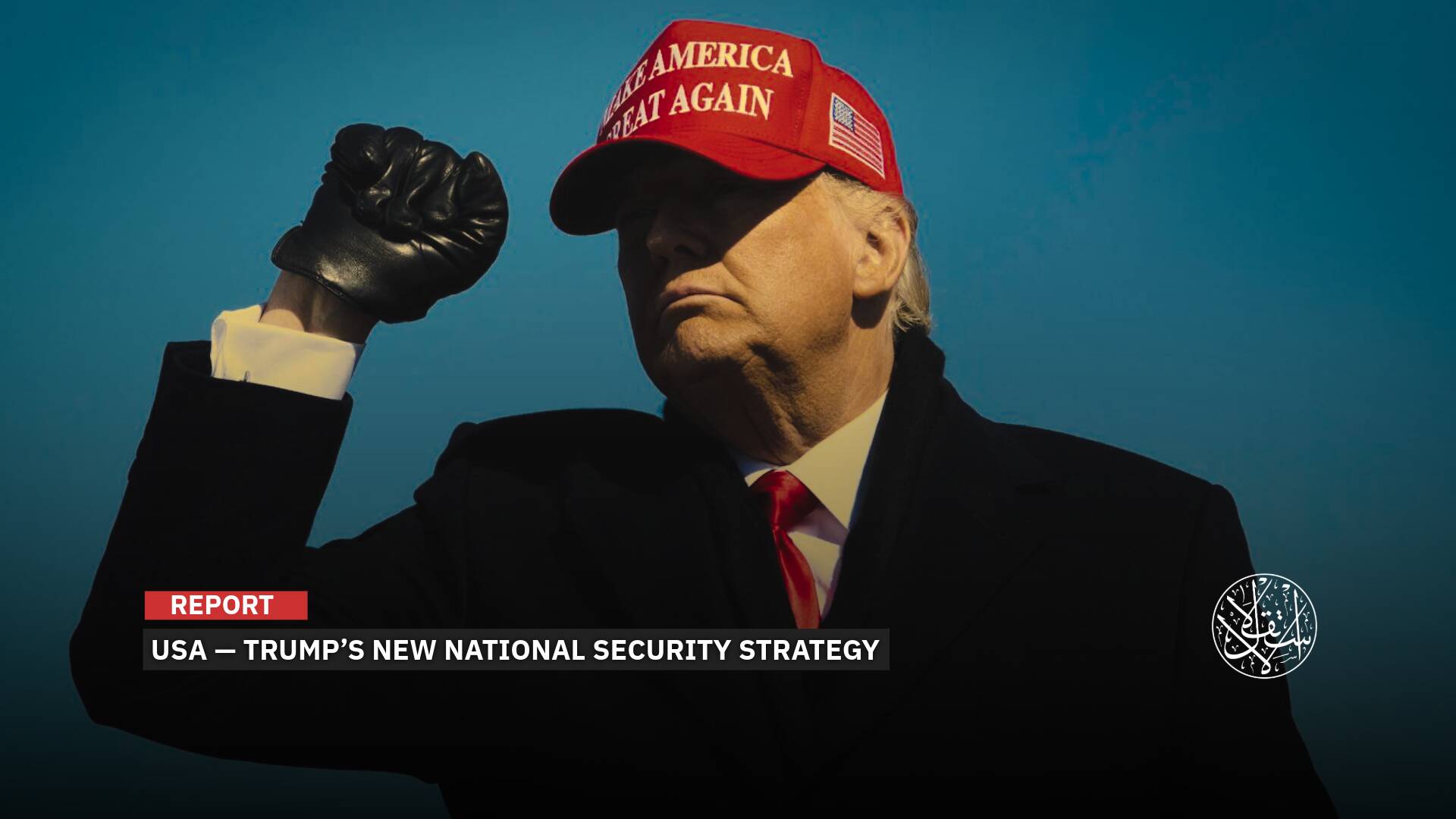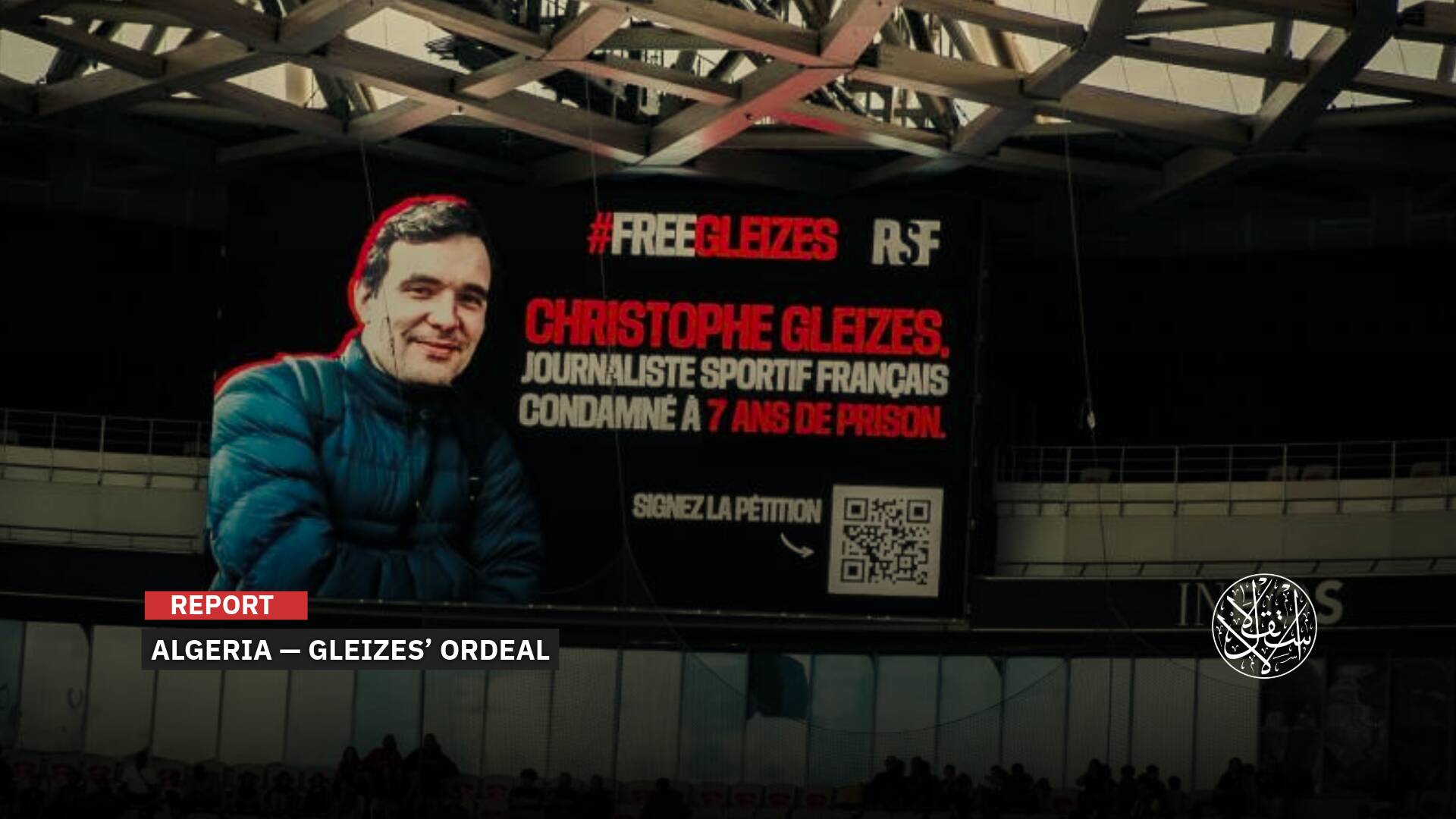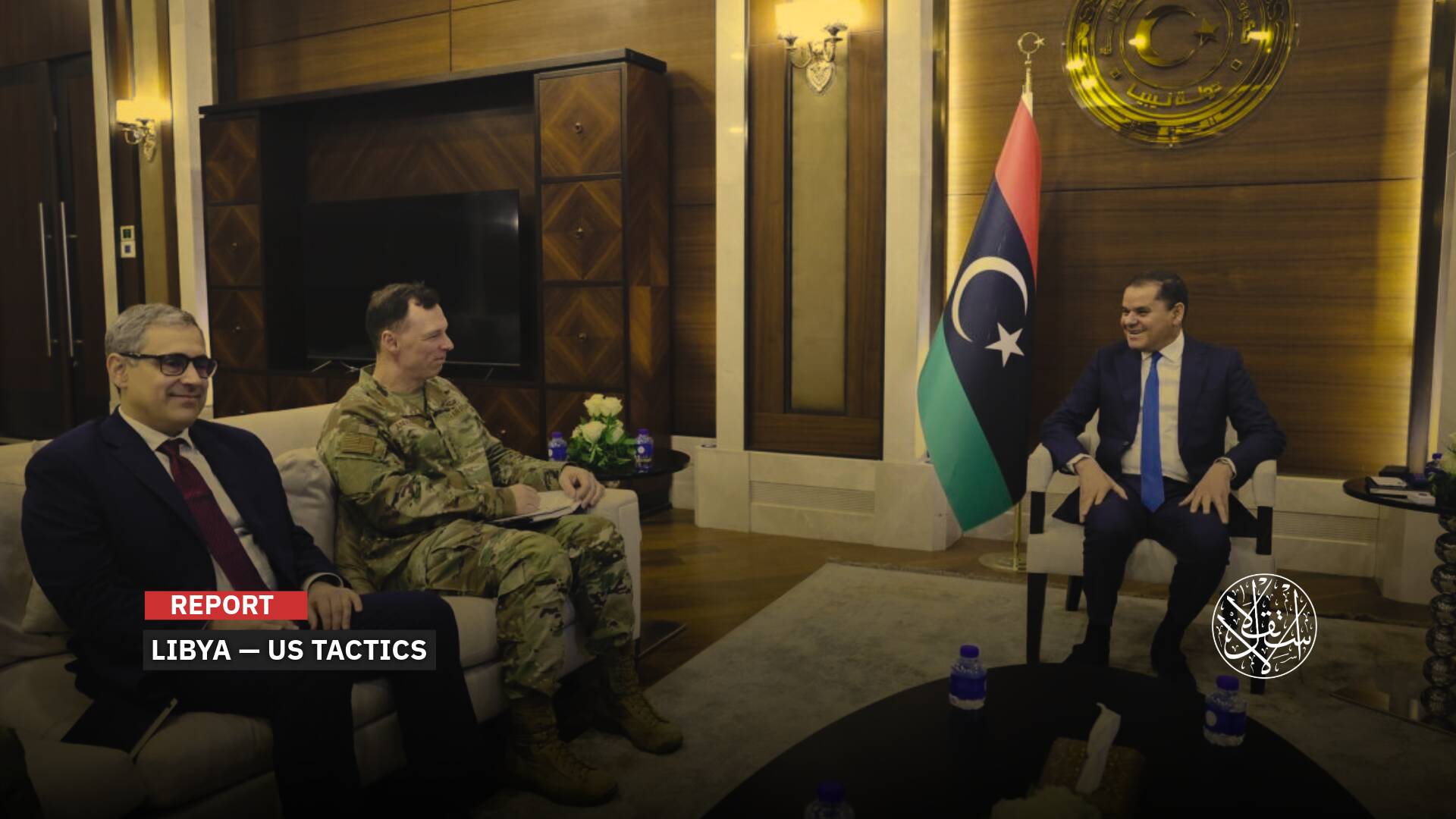Hezbollah Struggles with Leadership Losses, Financial Crisis, and Military Setbacks

Hezbollah is currently facing wage cuts for its fighters.
It is increasingly apparent that Lebanon's Hezbollah is struggling to regroup militarily, following the most significant blow it has endured in the wake of its recent confrontation with "Israel."
The loss of Hezbollah's top-ranking leaders since October 2023 in clashes with "Israel" has been compounded by the fall of its key ally, Bashar al-Assad's regime, and the severing of supply routes from Iran through Syria.

Hezbollah's Losses
Since the implementation of the ceasefire agreement between Hezbollah and "Israel" on November 27, 2024, following the clashes that erupted on October 8, 2023, the group has embarked on a mission to compensate for its military losses while also breaking government control over its vital funding sources in a bid to recover.
As Hezbollah grapples with the challenge of rebuilding its military capabilities and filling the leadership vacuum left by the deaths of its commanders, "Israel" continues its security war against the group in Lebanon, despite the ceasefire agreement between the two sides.
"Israel" has stated that it will persist in targeting Hezbollah’s operatives and infrastructure, vowing not to allow the group to restore its strength after the conflict.
In March 2025, several Hezbollah members were killed, including Hassan Abbas Ezzedine, a senior leader and head of the air defense system in the party's Badr Regional Unit.
According to Al-Estiklal, the Israeli Occupation Forces stated that Ezzeddine "led efforts to rebuild the air defense system after it had been significantly damaged" during the fighting due to airstrikes carried out by the Israeli Occupation Forces.
On November 28, 2024, "Israel" assassinated Abu Ali Rida, the commander of the Badr unit, one of Hezbollah's most prominent divisions, which operates in the fight against the Israeli Occupation Forces in southern Lebanon, particularly in the area stretching from the north of the Litani River to the city of Sidon.
Around 80% of Hezbollah’s leadership has been eliminated through targeted assassinations by "Israel" in locations across Lebanon, including former secretaries-general Hassan Nasrallah and Hashem Safieddine, who were killed in separate strikes in Beirut's southern suburbs.
“According to a report by The Wall Street Journal, Hezbollah has lost 5,000 fighters in the conflict, with over 1,000 others suffering severe injuries, including amputations and permanent blindness. The group is also struggling to cover medical expenses and compensation payments to its members and their families,” as reported by Channel 8.
Hezbollah, which was founded by the Iranian Revolutionary Guard Corps in 1982, has long prided itself on the strength and resilience of its security reserves, consistently touting their ability to withstand Israeli infiltration.
"Israel" has focused on targeting Hezbollah’s experienced, battle-hardened personnel, aiming to dismantle the group's presence in Lebanon.
These assassinations have severely weakened the party's leadership chain, which had been responsible for coordinating operations and confronting "Israel."

Leadership and Funding
In light of these developments, Hezbollah's greatest challenge lies in filling the leadership vacancies following the significant targeting of its top-tier commanders, many of whom were from the party's founding generation.
However, the current secretary-general of Hezbollah, Naim Qassem, stated after Nasrallah's assassination that "the replacement process is seamless and follows the organizational structure and contingency plans for individuals and leaders that Nasrallah had put in place to fill the gaps in case of emergency."
Amidst this situation, Hezbollah has entered a new phase in which it seeks to restructure its military framework, aiming to signal both to its internal constituency and its wider support base that it is "capable of resuming military confrontation with Israel at any moment."
However, the equation Hezbollah is working to arrange still faces a number of obstacles, many of which once formed the essential lifeline sustaining its influence.
Janoubiya outlined several of these obstacles, chief among them the issue of funding, which may be the largest challenge Hezbollah faces today.
This could lead to a halt or reduction in fighter salaries and family compensation, especially as its reserve funds risk depleting without proper replenishment, while funding channels appear largely closed off.
Additionally, the group faces difficulties in armament, equipment, and logistics; it is acutely aware that the severing of the route between the southern suburbs and Iran has dried up supply lines, potentially forcing it to turn to self-manufacturing methods similar to those employed by the Palestinian resistance movement, Hamas.
The loss of Hezbollah’s leadership, which possessed years of combat and strategic experience, has been highlighted as one of the key obstacles, according to Janoubiya.
The group cannot simply replace these seasoned commanders with inexperienced fighters, as they would require significant time to acquire the necessary combat and field expertise for warfare.
At present, Hezbollah is struggling to cover medical expenses and compensate its fighters and their families.

Hezbollah Struggles
According to media sources, Hezbollah has disbanded several military units due to heavy losses but has attempted to bolster its ranks by redeploying fighters from Syria and restructuring its forces in preparation for any potential future confrontations.
For decades, Hezbollah has operated as a state within a state in Lebanon, providing employment opportunities, social services, and financial support to its members and their families.
However, the costs of the recent conflict have made these financial commitments unsustainable.
Hezbollah suffered a second major blow with the fall of al-Assad's regime on December 8, 2024, which had secured its multifaceted financial supply lines.
Notably, Hezbollah is now under increased scrutiny, even from the Lebanese government, which recently blocked the entry of its funds through Beirut International Airport.
The financial difficulties facing Hezbollah have been exacerbated by new efforts from the Lebanese government to curb the flow of Iranian funds, the group's primary source of financing.
Reports have notably indicated that Iran is attempting to support Hezbollah by sending millions of dollars aboard flights arriving in Beirut.
Hassan Nasrallah, Hezbollah’s leader—assassinated by “Israel” on September 27, 2024—had explicitly stated on June 24, 2016, that “the party’s budget, salaries, expenses, food, drink, weapons, and missiles all come from Iran.”
Notably, the international community has been pressing the Lebanese government to assume responsibility for preventing Hezbollah’s rearmament activities and to strengthen the army's control over air, land, and sea border crossings to stop the smuggling of weapons or military equipment to the group.
During a parliamentary session in mid-March 2025, ministers from the Lebanese Forces party called for the establishment of a timeline for the disarmament of Hezbollah, proposing a six-month period for the process.
Following the confirmation of Nawaf Salam’s government on February 25, 2025, President Joseph Aoun stated in a press interview that "if we are to talk about the concept of sovereignty, it means limiting the decisions of war and peace to the state, and monopolizing or restricting weapons to the state."
According to a report by the International Crisis Group published on February 27, 2025, "attempting to force the disarmament of Hezbollah will not succeed, and it is unlikely that the group will yield to such pressures."



